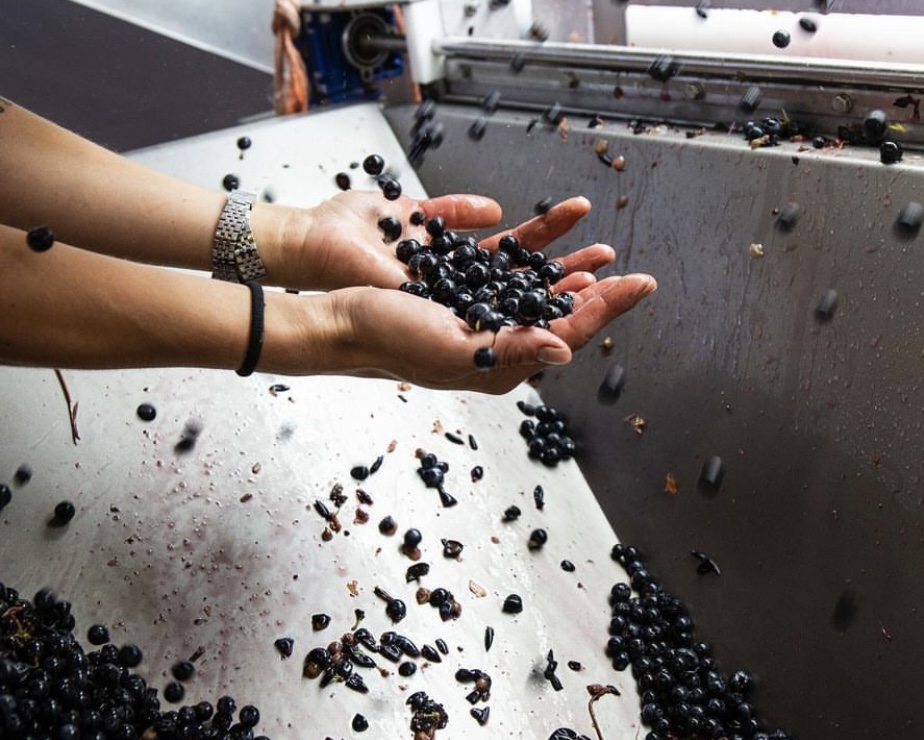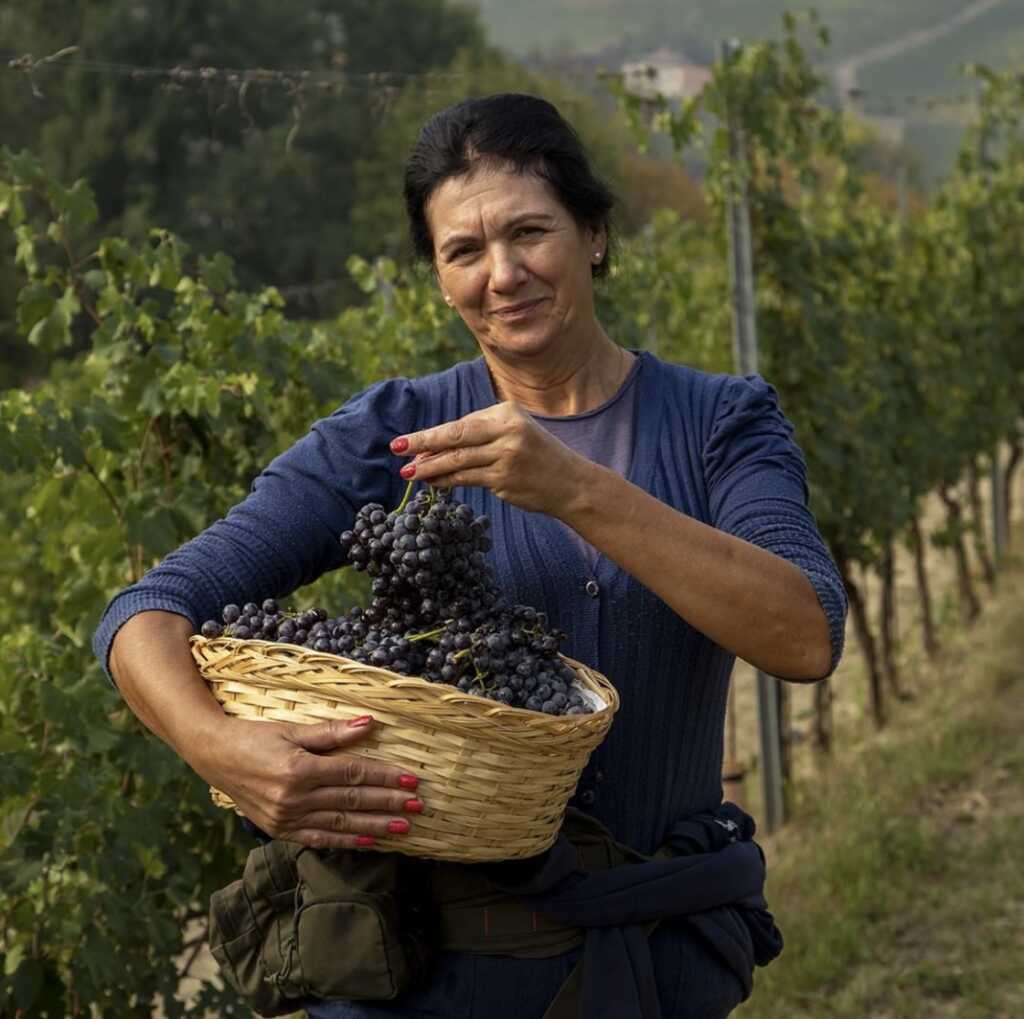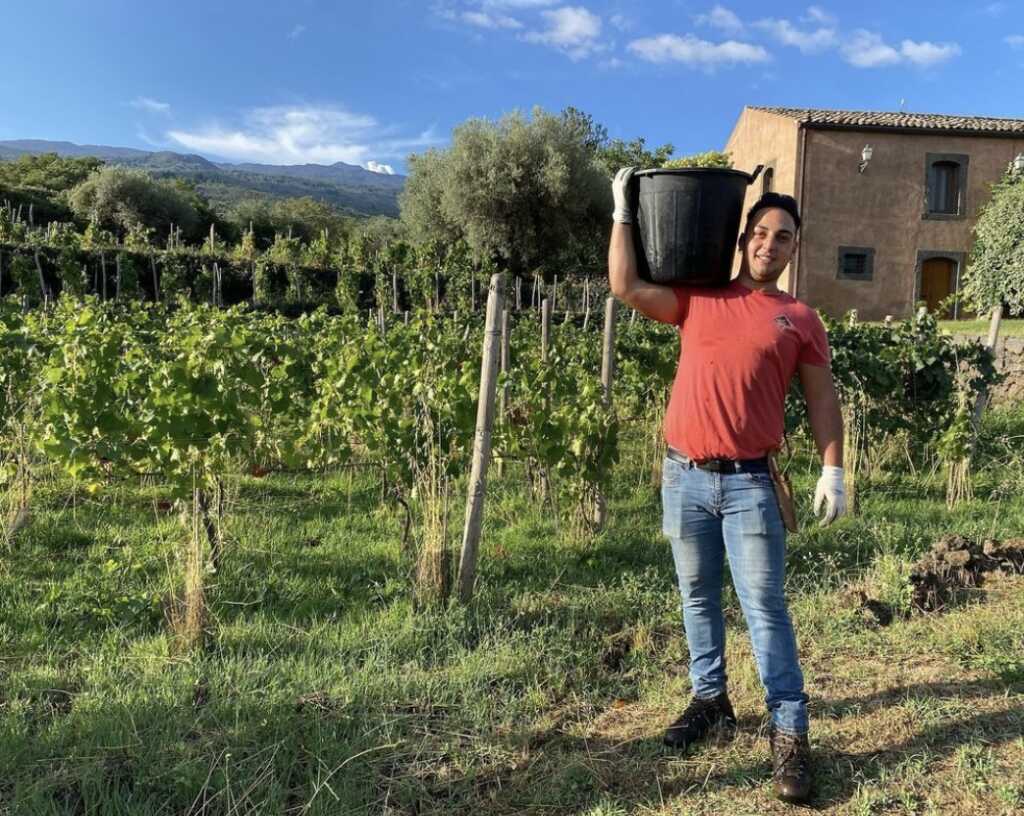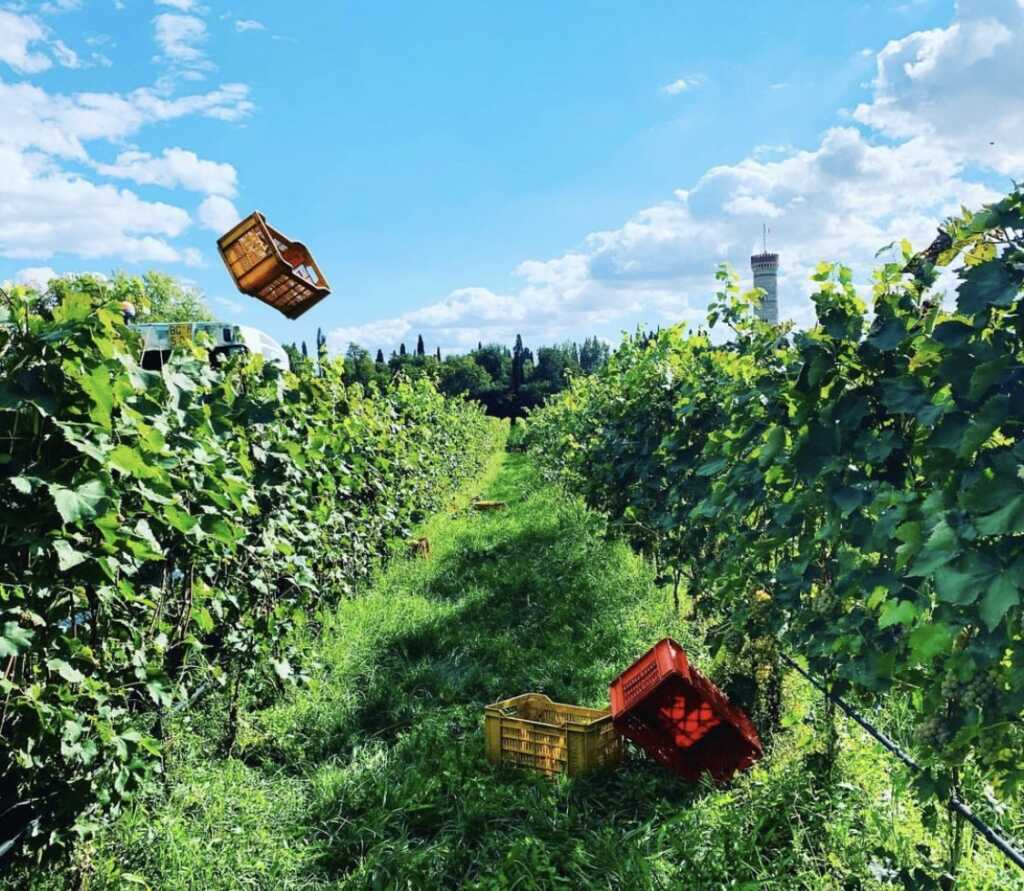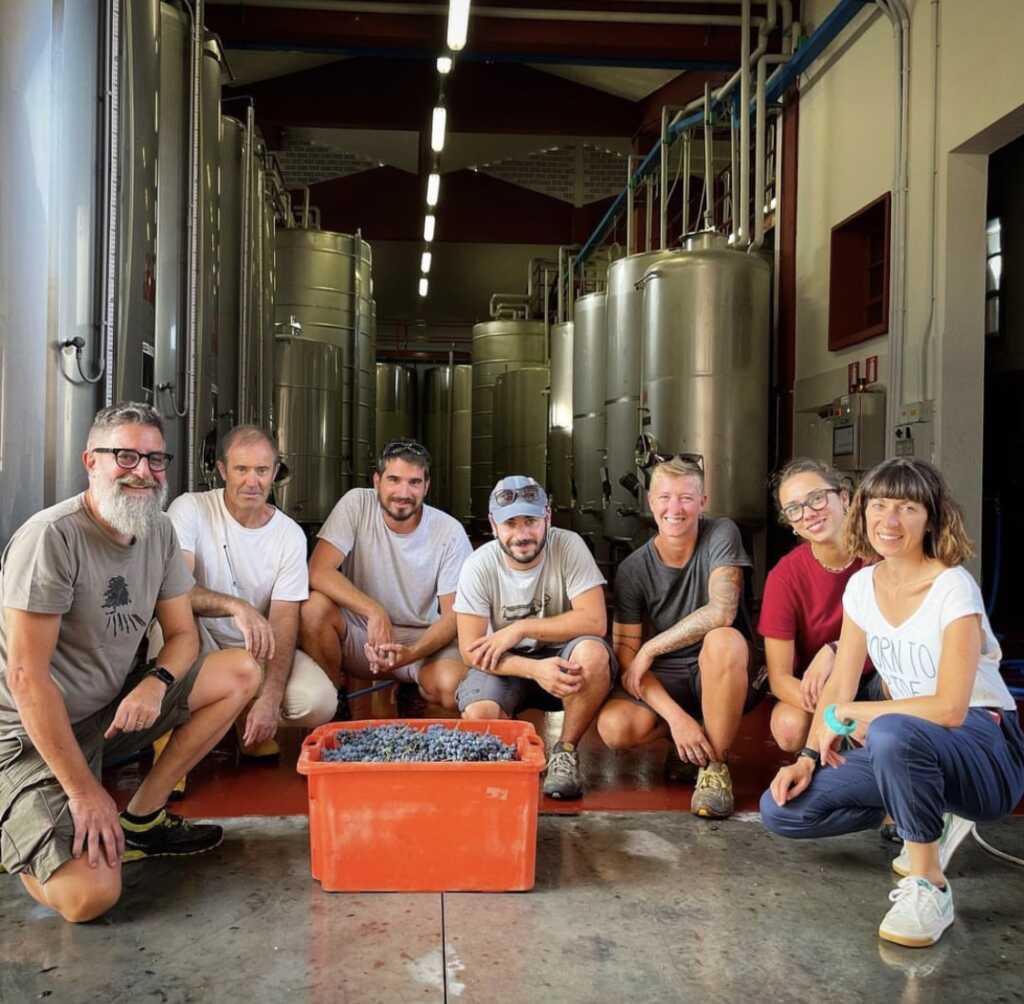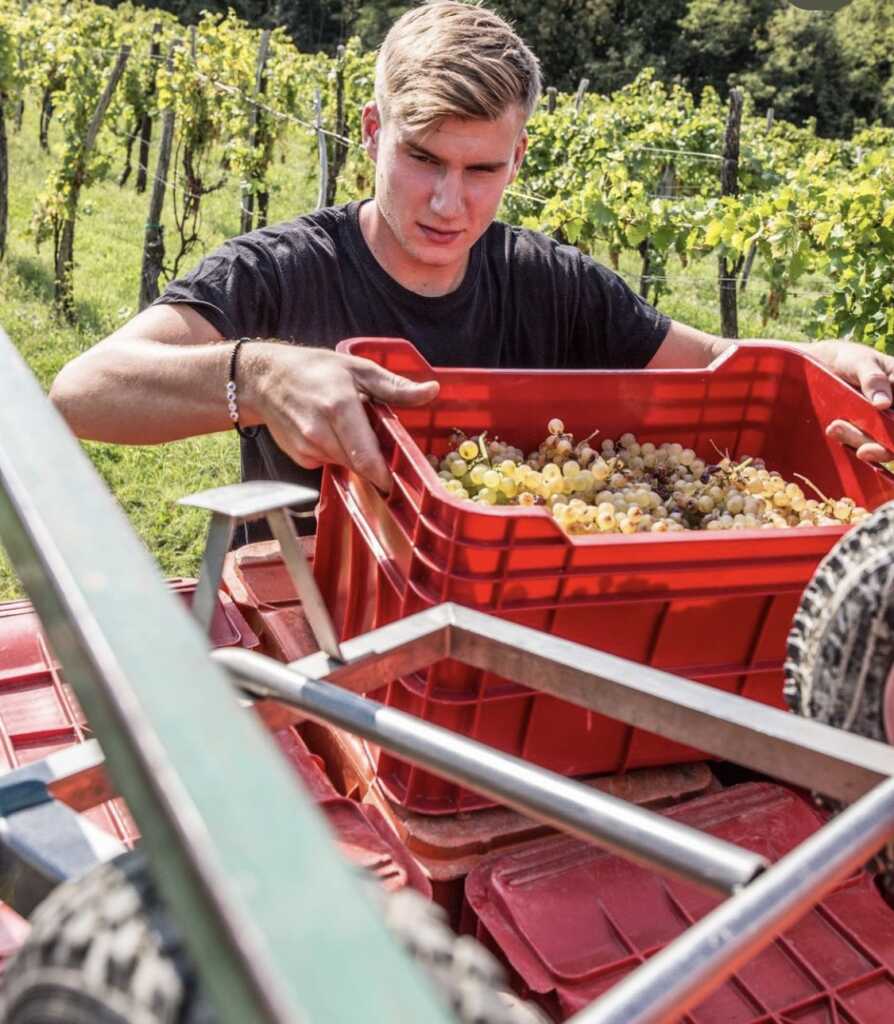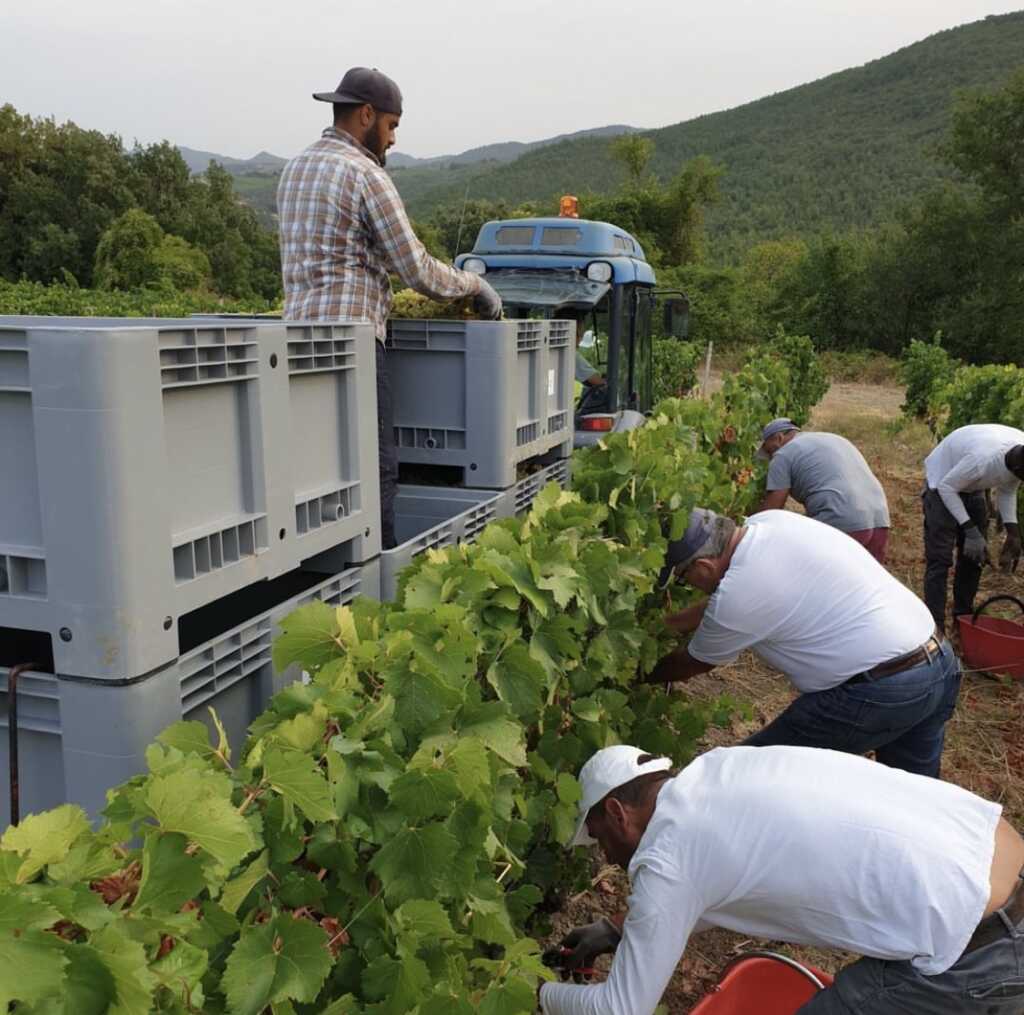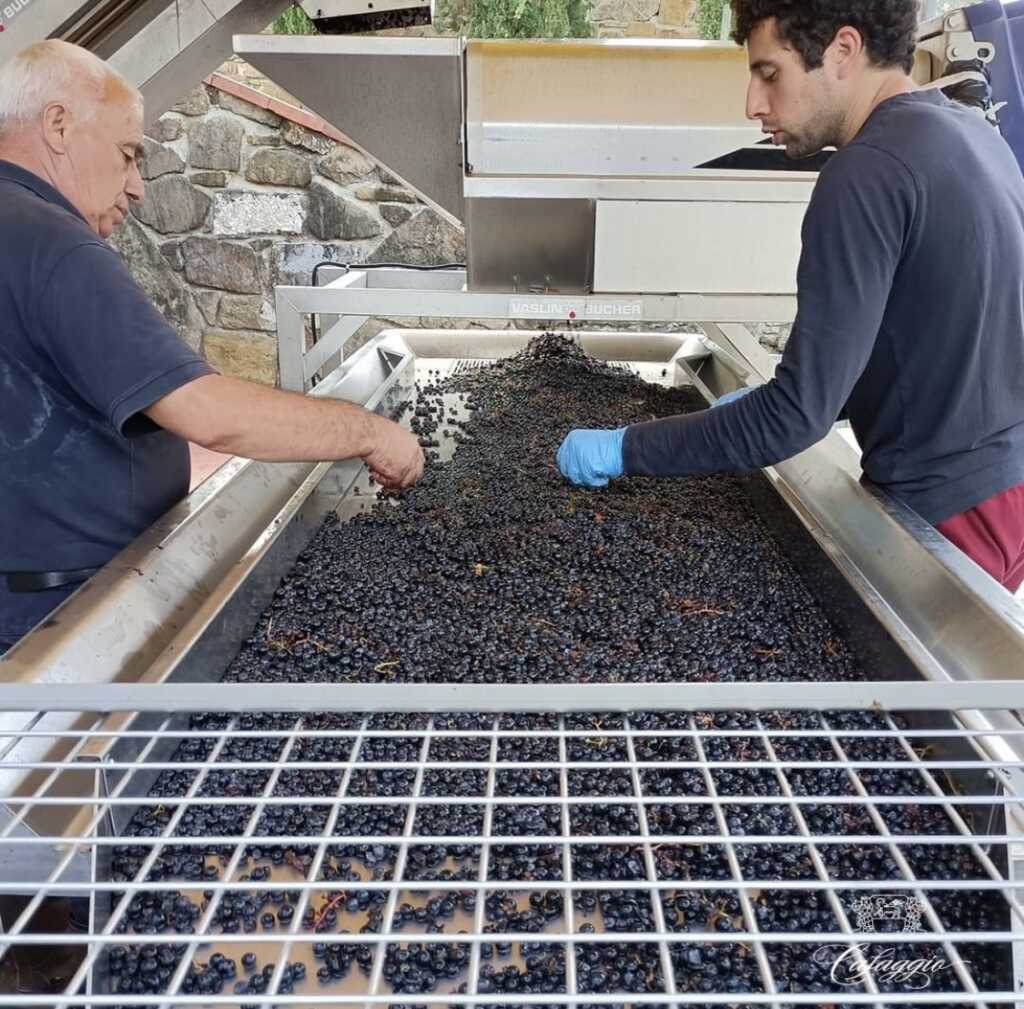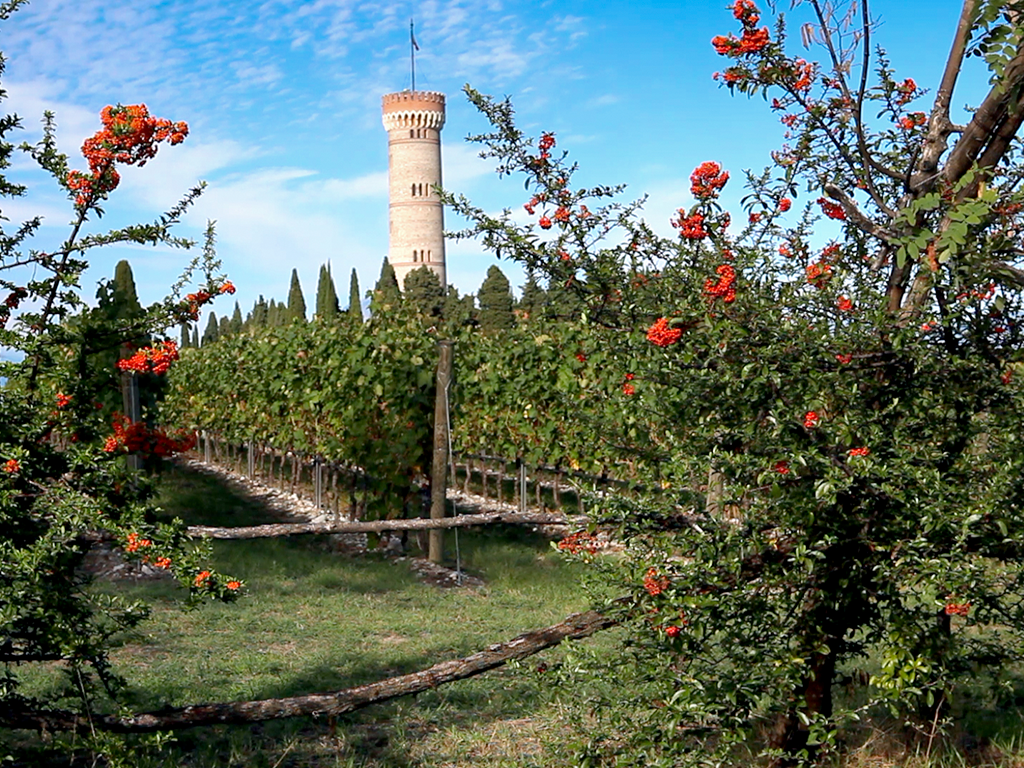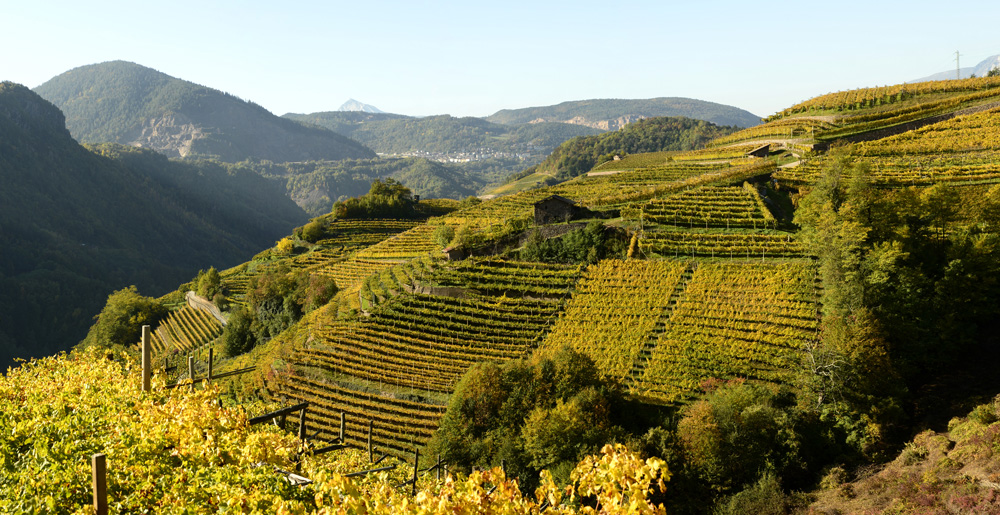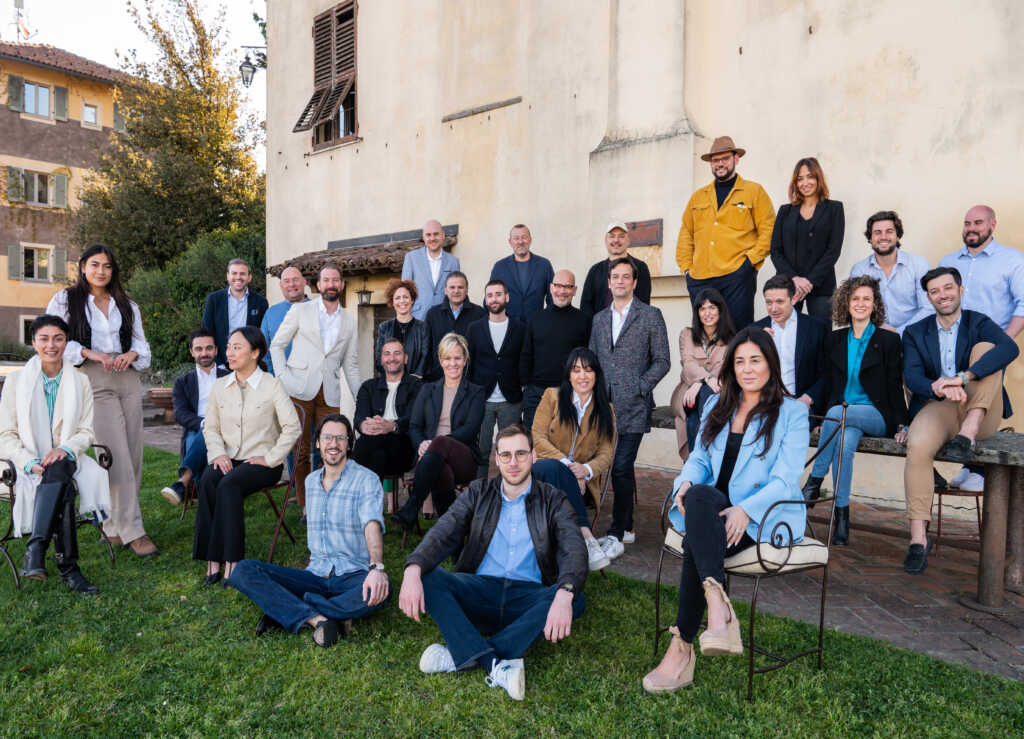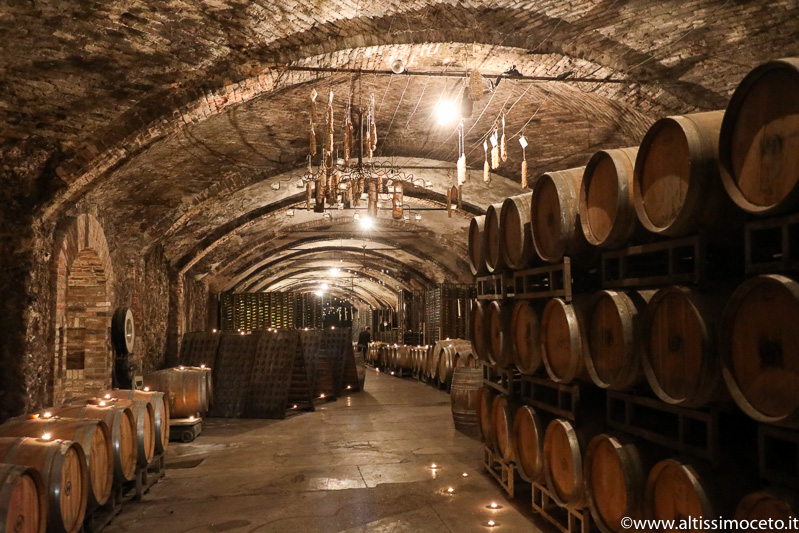Blog
Notes from Italy’s 2022 vintage
The 2022 is expected to be a surprisingly great vintage.
![]() Italy
Italy
![]() October 17, 2022
October 17, 2022
![]() Industry News, Italy, Wineries, Wines
Industry News, Italy, Wineries, Wines
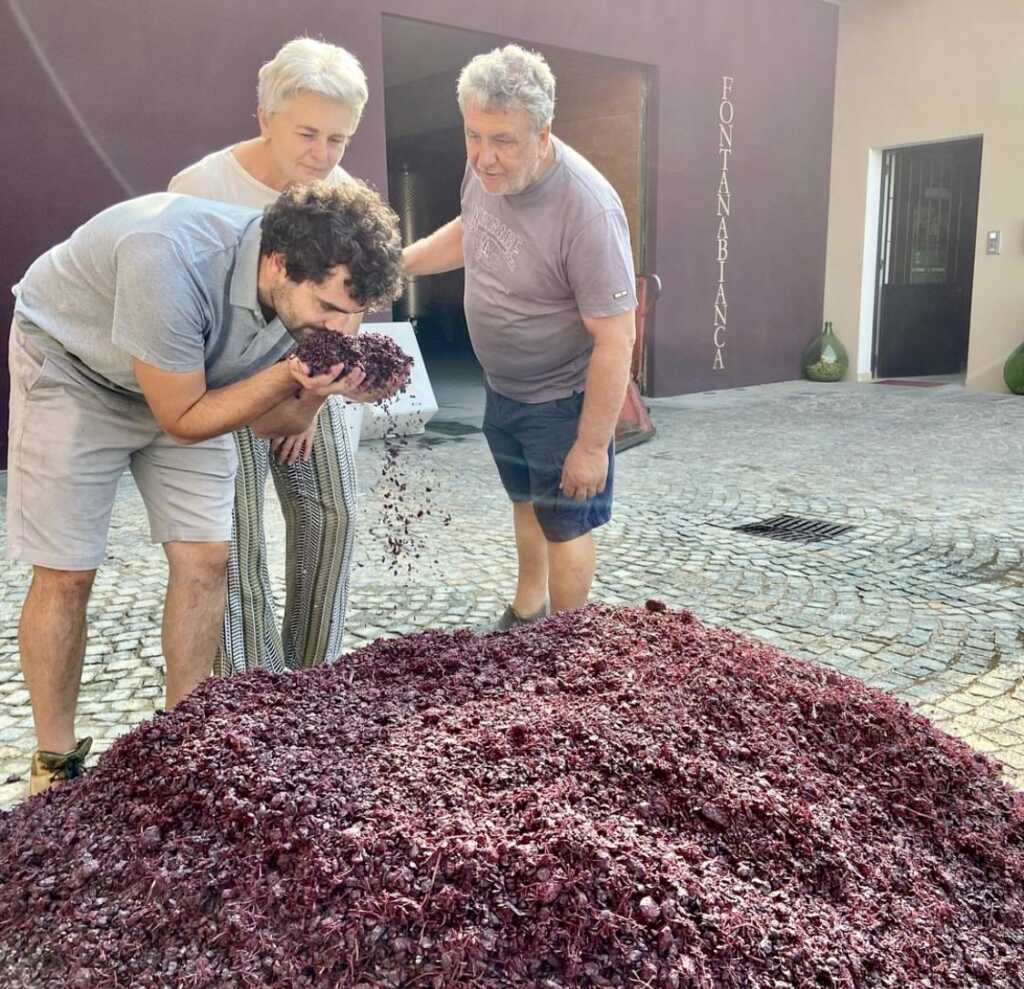
Starting in late August, as the 2022 harvest in Italy was just beginning, Ethica Wines asked a number of its wine producers to share their notes on the challenging growing cycle this year.
As Alberto Cordero di Montezemolo, winemaker at his family’s Cordero di Montezemolo winery and estate in La Morra (Barolo) told us, it was an unexpectedly dry and extremely hot year. Because the winter was mild and brought very little rainfall and snow, and because the spring and summer were also unusually dry, many growers were concerned that the vines would not have enough water to ripen properly. But by the time we spoke to Alberto at the end of August, rainfall earlier in the month was just what Italian winemakers needed to keep the growing cycle on track. He and his counterparts across the country all reported that they expected a “good to great” vintage despite the year’s challenging growing conditions.
It was “really a matter of when you picked and the work you did in the vineyards all year,” said Alberto. “Did you mow the grasses [between the rows] or not? Did you thin the canopy? Did you till between the rows, or did you let the soil remain compact? It really depended on each single vineyard and each zone and the work you did in the vineyards. I’m optimistic and sure that the 2022 vintage will give us some surprisingly good wines.”
Here’s what Matteo Pola, grower and winemaker at Fontanabianca in the village of Neive (Barbaresco) had to say about his family’s vineyard management this year: “We did barely any thinning of the canopy. We allowed the grasses to grow between the rows and we tilled the soil underneath the plants so that the rainfall would penetrate as much as possible. We did a lot of pruning [dropping fruit] so that the plants would concentrate their energy on a smaller number of clusters. This gave us excellent ripening” and the pruning helps to allow the plants to focus their energy on the remaining clusters. Matteo also told us that the dry conditions were also helpful in mitigating mildew in the vineyards. This was a big plus for growers, especially in northern and central Italy, where humidity can be a big headache for grape growers. And even though Matteo, like Alberto, noted that yields will be lower than usual this year, the end results are actually good to excellent, he said, depending on the zone and the work that was done in the vineyards all year.
When we spoke to Francesco Ricasoli, owner of the Ricasoli winery and estate in Gaiole in Chianti (Chianti Classico), he told us that he was breathing a sigh of relief: “We were really worried about the ongoing drought,” he told us at the end of August. “But we were already smiling just a week ago after it rained twice, delivering 25 millimeters of rainfall.” The precipitation, he said, “renewed the vines’ vigor, and even more importantly, it helped the clusters to ripen properly.”
In southern Italy, we learned, rainfall came a little bit earlier than in central and northern Italy. But as for winemakers in other parts of Italy, it was just enough to make for a good to great vintage on the slopes of Mt. Etna, as Alessia Bevilacqua, owner of the Terrazze dell’Etna winery and estate told us. “Starting on August 9,” she said, “there was a low-pressure system and the resulting rainfall restored the vines’ health and helped to make for fruit with good balance.”
Of course, there were also parts of Italy where the impact of the drought and hot conditions was not as severe.
Ettore Arturo Rizzi, winemaker at his family’s Fattoria Le Pupille on the Tuscan coast said that the drought and warm temperatures had, as in other parts of Italy, accelerated the growing cycle. But he was not as concerned thanks to the fact that coastal winemakers like him are more accustomed to arid growing conditions. For the most part, it was a classic “Maremma” growing cycle, he reported.
In appellations like Prosecco, northern Italy, said owner and winemaker Davide Bonotto of Le Contesse, the drought and heat accelerated the growing cycle by about 10 days, as in other parts of Italy. But the challenging growing conditions were mitigated by the fact that the Prosecco farmers association authorized “emergency irrigation” for the 2022 harvest. While some growers had lower yields in hillside vineyards where irrigation was not possible, he was generally happy with the quality of fruit.


